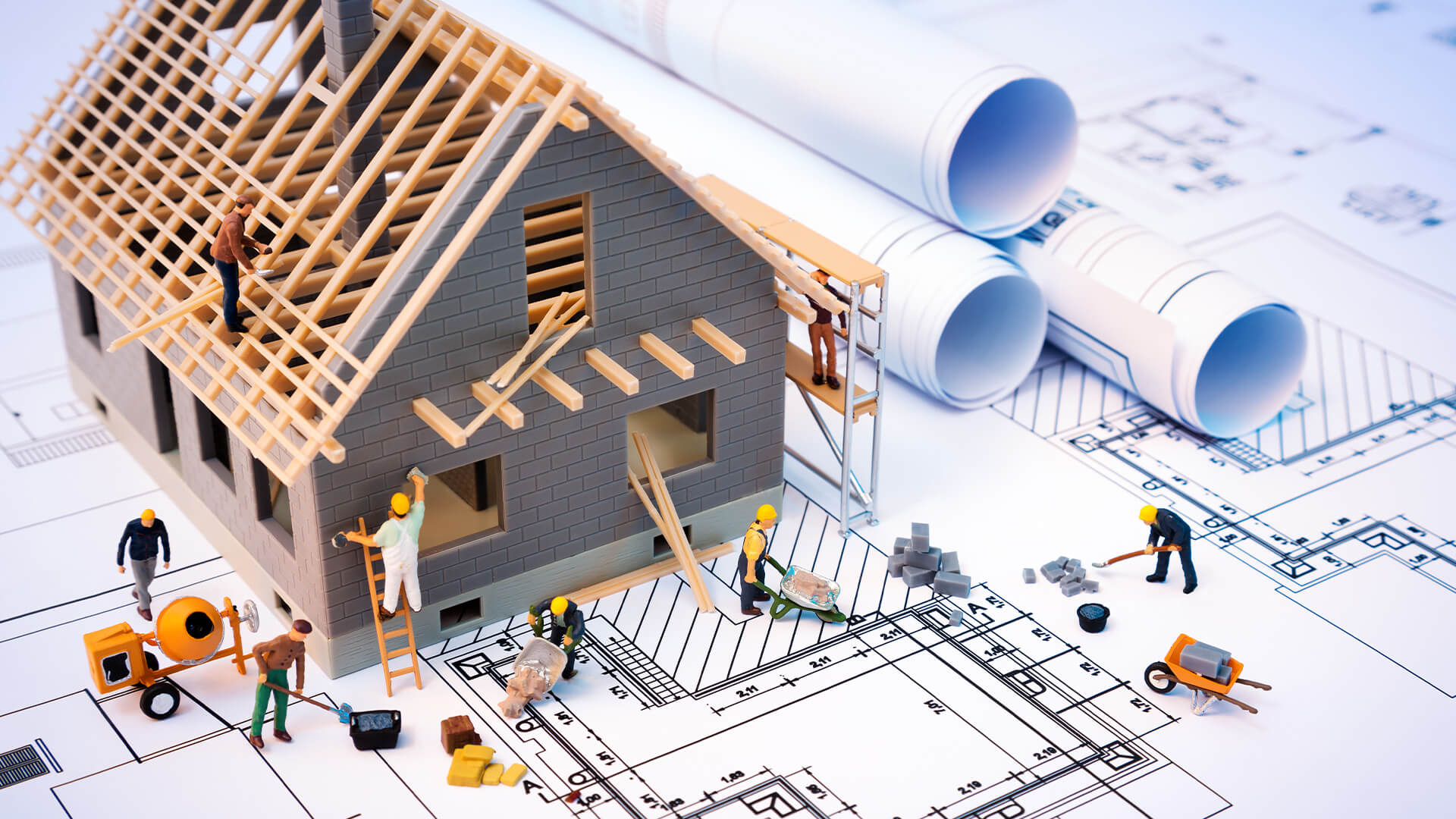By Holly Welles, Construction and Commercial Real Estate Writer and Editor of The Estate Update
Construction is growing more expensive year after year for several reasons. Raw material costs are rising, gas and fuel prices fluctuate and the costs of running heavy machinery and related equipment change. Also, labor costs tend to change over time and are certainly increasing in many instances.
All this fluctuation puts a strain on the bottom line of a construction business, eating away at potential profits. It’s clear then that cutting down on operating costs is vital to success in today’s world. The question is, how does one make that happen? What can construction crews and custom home builders do to reduce costs? Here are seven tips.
1. Consider Material Alternatives
One of the more obvious ways to save money is to use cheaper, alternate materials that are either more effective or just more accessible overall. When you’re working out the project specifications with a client or customer, remember that material alternatives should be considered. Some clients may not want to use certain materials, in which case the selection process is more difficult.
That said, recycled materials may be a better option in many cases. Recycled steel is a great example. Even though it’s been refined and reused, it’s still so structurally sound that it will last for decades. The same is true of other materials that have been repurposed and reinforced, like recycled wood, plastic and even concrete.
Another side of the argument involves using innovative materials to produce something like fabric structures. Tension fabric buildings are relatively new to the construction scene and may be used for sheds, warehouses and even homes. Both the design and materials used in their construction enable more inexpensive solutions.
2. Develop a Budget-Minded Plan
Before starting any project, it’s crucial to plan out the process, which is something that all construction teams already do. However, to help conserve costs, the planning phase should specifically include a budget limit and explore ways to remain within the confines of financial goals. Then, once the project gets underway, all processes should continually be compared to the budgetary plan.
For example, if the initial plan outlines a specific limit for manual labor, hiring the right amount of personnel is a primary concern. Properly managing the time and productivity of the workers employed is another major concern. Hopefully, this management helps the business stay in the green.
It’s a process that should apply to all elements of a project, from fuel and resource costs to the total use of heavy machinery and equipment.
3. Streamline Communication
Throughout any construction project, multiple parties are involved. The same is true of residential and homebuilding-related projects.
Generally, there’s the primary contractor, several sub-contractors or third-party specialists, the consumer or homeowner and various inspection teams. Poor collaboration and communication can balloon a project’s budget, especially when there are muddled expectations or requirements.
Therefore, it’s necessary to establish a proper communication channel between all involved parties, not just to improve the final build, but also to better manage and speed up working processes. One team may not be able to continue their work until after a sub-contractor carries out their duties.
In such a case, it’s necessary to facilitate communication between the two parties to boost coordination efforts. Furthermore, there’s no way to hold individual parties accountable for their responsibilities without the appropriate communication.
4. Reduce Excess Construction Waste
Sustainable construction processes are designed to reduce the footprint of a project by eliminating excess waste, limiting energy and resource usage and employing smarter, more efficient labor operations. Part of it does relate to green or eco-friendly changes, but ultimately, the goal is to reduce excess.
An example of improving sustainability might include embracing prefabricated building materials or techniques. Another example might be renting out equipment as opposed to buying it outright. For any team planning on using equipment less than 40% of the time, renting is a much more cost-effective solution. This allows builders to eliminate expenses devoted to maintaining and operating older or little-used equipment.
5. Eliminate Change Orders
Last-minute changes or fixes are referred to as “change orders” and can stem from several sources. They might arise during a final inspection or review, or they might come from a client that wants something changed. Whatever the case, it’s best to avoid them whenever possible.
A good practice is to reserve change orders for mission-critical changes like emergencies or serious errors. Smaller revisions, upgrades and requests should all be handled much earlier on in the development process to cut down on the impact they have on time, money and supplies.
To make it work, it may be necessary to include an interim review period for every project where clients are walked through the site, giving them ample opportunity to present suggestions and ask for revisions.
6. Renegotiate Sub-Contractor Pricing
Between jobs, it’s a good idea to meet with sub-contractors and third parties to renegotiate pricing. Methods, supplies and various resources may have changed in price between projects, warranting either an increase or decrease in fees. Sticking to the same pricing guidelines is a sure way to pay too much.
The best strategy is to meet before starting a new project to ensure everyone sees a fair shake. Some projects may be bigger than usual or include new processes and materials that cost more.
7. Buy Dynamically
When they’re purchasing supplies and materials, construction companies tend to use the same suppliers and distributors. It can be beneficial when sellers honor long-lasting relationships through discounts. That doesn’t necessarily mean the purchase orders are for the best price, however.
Learn to buy dynamically, or, in other words, shop around based on prices and availability. Don’t automatically assume that a seller used in the past is offering the best or lowest prices. Take the time to research and learn what supplies are available where and who has the best prices. It’s something that should happen during every project or, at the least, every few months throughout the year.
It Is Possible to Cut Costs for Home Builders
By heeding the tips discussed here, every company or team can reduce operating costs considerably. Honoring more sustainable business practices and finding alternate materials are two of the best solutions. However, improving the efficiency of operations, enhancing communications between crews and using smart financial tactics — like dynamic buying — can offer gains as well.































